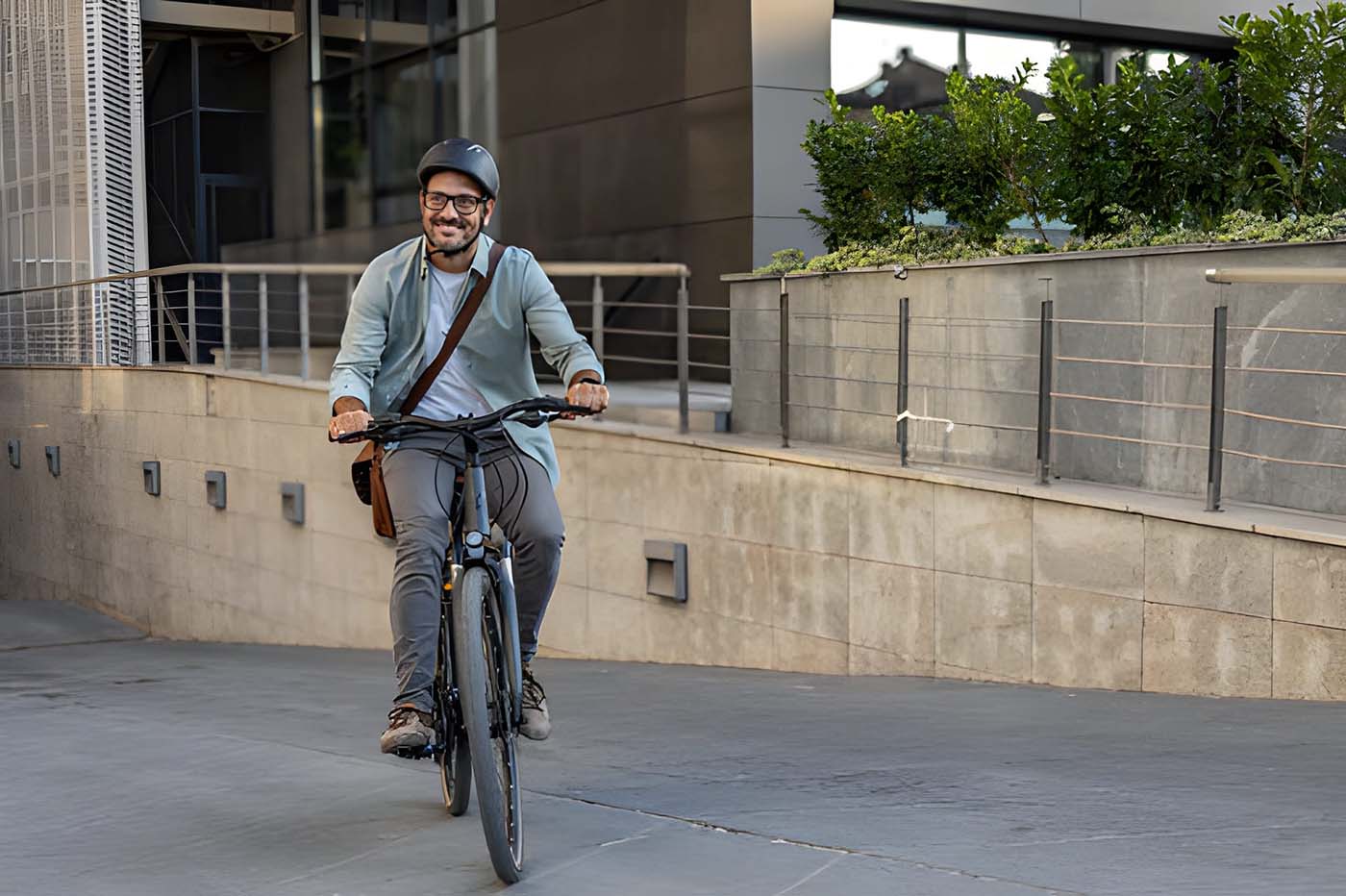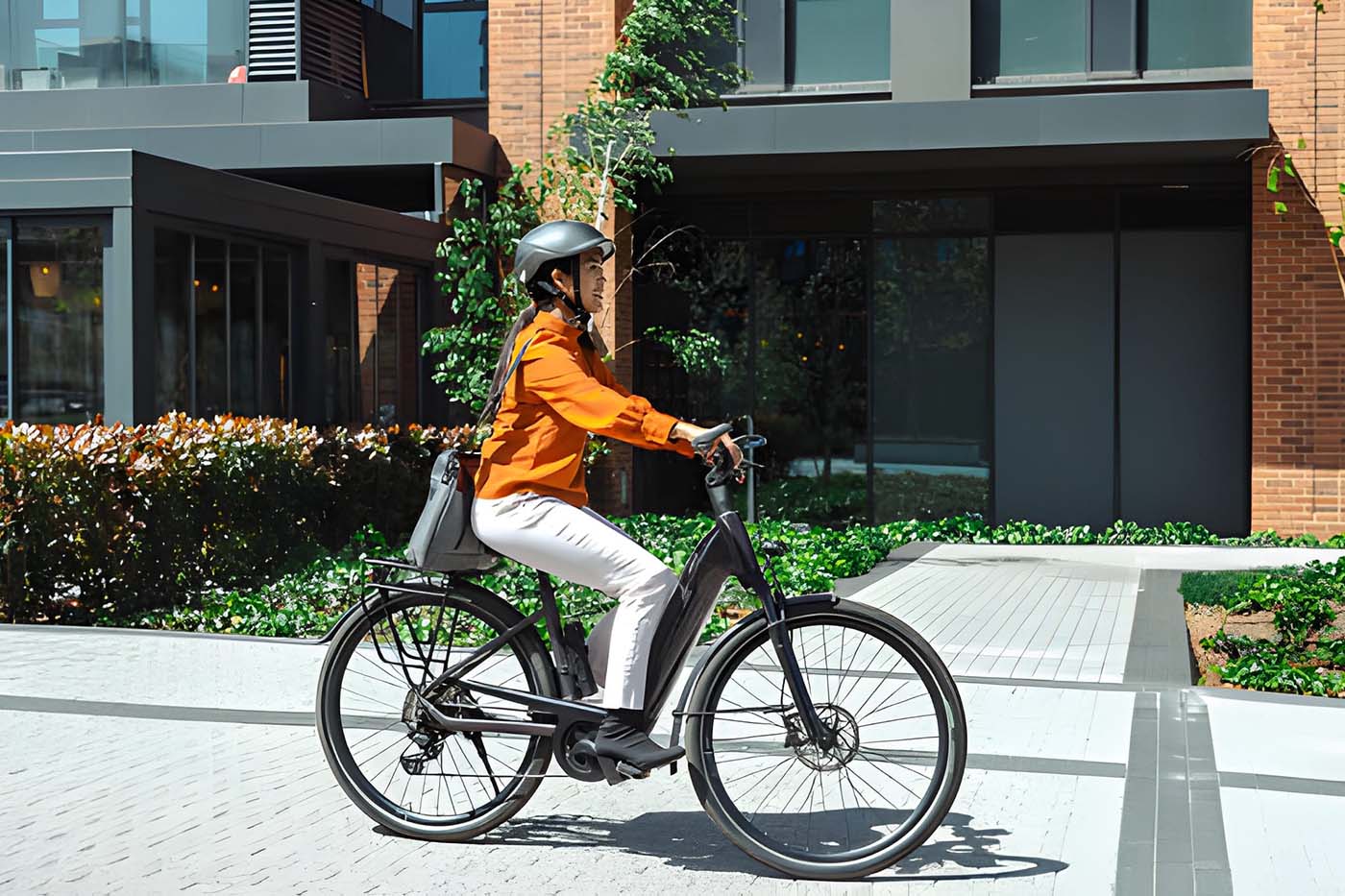In busy cities, electric commuter bikes are fast becoming the smartest way to get around. Once seen as a niche alternative to cars or public transport, they’ve quickly become part of the urban landscape. They save time, glide past traffic, and turn a daily ride into something enjoyable rather than a grind.
Whether you’re heading to the office, weaving across campus, or dropping kids at school, the convenience of an e-bike is hard to beat—and the freedom it offers is changing how people think about everyday travel.

How to Choose
– Short commutes: Lightweight bikes with 25–40 mile range are easy to park at offices.
– Students: Compact models with strong brakes fit campus use.
– Families: Look for racks or child seat options, plus 350W+ motors for stability.
– Long rides: A 500W motor and large battery handle hills and longer distances.
For short commutes, a lightweight frame with a 25–40 mile range is more than enough, and easier to park in tight city spots. Students often prefer compact models that are nimble around campus, but still equipped with strong brakes for safety in busy pedestrian areas. Families should look for bikes that can carry a little more—rear racks, pannier options, or child seat compatibility—while a motor of at least 350W adds the stability and power needed when carrying extra weight. If you’re tackling longer rides or hillier routes, a 500W motor paired with a larger battery is worth the investment, keeping the ride smooth even when the road tilts upward.
Whatever the category, a good commuter bike will typically feature lithium-ion batteries, 250–500W motors, disc brakes, integrated LED lighting, and a design that prioritises comfort. Prices vary widely, from budget-friendly entry-level options to premium builds designed for heavy daily use. The right choice depends on your distance, load, and how often you’ll ride.
How to Maintain
E-bikes don’t demand complicated upkeep, but a little attention goes a long way.
– Battery: Keep charge between 30–80%, avoid extreme temperatures.
– Tires/Brakes: Check monthly; replace worn tires and keep brakes clean.
– Chain: Clean and oil every few weeks for smooth riding.
– Storage: Cover or store indoors; use strong locks for security.
The battery is the heart of the bike: keeping it between 30–80% charge extends its life, while avoiding extreme heat or cold protects performance. Tires and brakes should be checked monthly; replace worn treads and keep brake pads free of grime for consistent stopping power. A chain cleaned and oiled every few weeks makes for a far smoother ride, and prolongs the life of the drivetrain. As for storage, covering the bike or keeping it indoors helps preserve components, while a reliable lock is essential if you’re leaving it outside.

Real-Life Cases
The difference good habits make often only becomes clear in practice. Take Martin, a commuter who faced constant battery anxiety each winter. By making a routine of plugging in his bike at the office as well as overnight, he stopped running out of charge on cold rides home and now treats his battery the way others treat a phone—always topped up, never stressed.
On campus, student rider Sofia thought her bike was defective when the pedals felt heavy and the chain squealed. A quick five-minute clean and oil later, the ride was transformed: smoother, quieter, and faster between classes. She now keeps a small bottle of chain lube in her backpack, proof that a simple fix can prevent weeks of frustration.
Families see similar lessons. One parent in a dense city neighbourhood uses a waterproof cover and a hardened lock to leave their bike outside overnight. What started as a cautious experiment has turned into a daily ritual—no thefts, no weather damage, and the reassurance of being able to roll out with kids each morning without delay.
Each story underscores the same point: small adjustments and a little care turn e-biking from a novelty into a dependable part of everyday life.
After-Sales Support Matters Most
Choosing a bike is only half the story—what happens after the purchase is just as important. Brands like Mokwheel, Aventon, and Velotricbike have built reputations on reliable customer service and easy access to spare parts. For beginners in particular, Mokwheel stands out: large-capacity batteries, sturdy frames, 60–70 mile ranges, and extended battery warranties mean you can ride daily without worrying about sudden breakdowns or expensive replacements. That kind of support transforms an e-bike from a gadget into a dependable tool.
Conclusion
With the right model and a bit of routine care, an electric bike turns commuting into something faster, greener, and more comfortable. The investment pays back every day you skip a traffic jam or avoid a crowded train. An electric bike isn’t just another mode of transport—it’s a lifestyle shift, and one that fits perfectly with the rhythm of modern city life.








